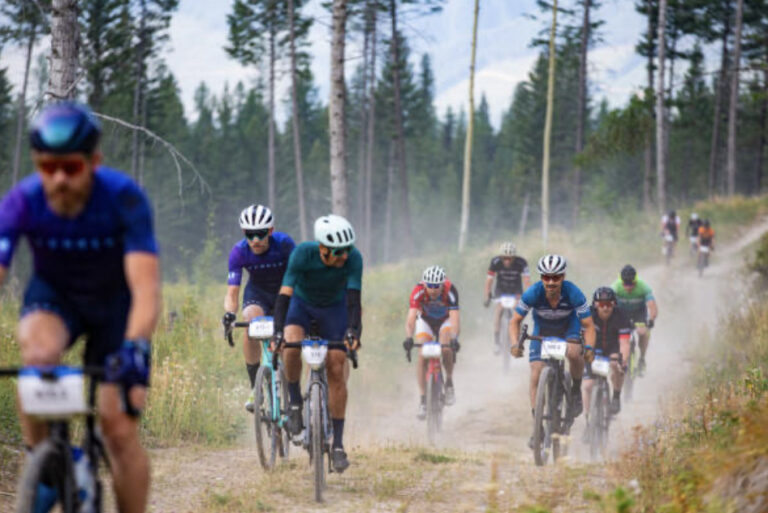The book (and movie) A River Runs Through It has inspired many fly fishing fans, especially fathers and sons—like Travis Semler from Spokane, who started fly fishing at the age of ten with his dad.
“I like to be in the outdoors and to enjoy the scenery on the river,” says Travis. “It’s fun to catch the fish—to use strategies, to see them and then try to select the right fly. It’s a relaxing hobby. If I had more time, I’d probably get more into it.”
As a married father with two young children and a full-time job as a project manager for a general contractor, Travis’s fishing days are limited. “At this point, I don’t have time to fish because my family needs me on the weekends,” he says.
The Upper St. Joe River is one of his favorite places to fish. Last July, he enjoyed a guided trip on the St. Joe River between Calder and Marble Creek. He considers it his most memorable fly fishing adventure to date. (The guide was from the Orvis shop in Coeur d’Alene.)
With catch and release, it’s not just about netting a fish. “There have been holes where I’ve had enormous fish on the line and my adrenaline was pumping and I lost the fish,” he says. “Oddly enough, that’s a good memory.”
Although fly fishing may seem like it’s simply about standing in a river waving a stick, it’s not. Technique is what matters most. And it’s about enjoying the quiet day on the river—observing the fly hatches and what the fish are feeding on. And then being strategic. Choosing the right fly. Finding the riffles, banks or pools where the trout are hanging out. Reading the current to cast an inviting presentation.
But when it comes to gear, Travis likes to keep it simple.
“You could spend thousands of dollars on gear, but I try to have as little gear as possible because it weighs me down and dangles all over the place. I just try to have an assortment of flies and a rod and a reel. I like to travel light,” he says.
His advice? “If you’re just starting out, budget about $150 for a rod/reel combo from a store like Cabela’s. You don’t need a vest; it’s just helpful. You probably need about $250 to get started. You could visit a fly fishing shop and they could help get you set up. Cabela’s has a great selection of inexpensive gear. Some shops like the Orvis shop are fun, but really, really expensive.”
In addition to fly fishing, Travis enjoys the outdoors by snow skiing, trailer camping with his wife and kids (ages 2? years and 6 months), and spending time on Hayden Lake at his in-law’s cabin.
Here is what Travis uses for his days on the river.
FLY ROD: 9 foot long, 5 weight rod by Temple Fork Outfitters
FLY LINE: Orvis 5 weight
REEL: Orvis BattenKill. “I invest in an expensive reel because it’s lighter and smoother,” he says.
TIPPET: “These days, you can buy a leader that has a tippet on it, and you use the leader until you run out of tippet. Then you just throw the leader away,” says Travis. “In the past, you had to make your own leader, but that’s a lost art now.”
FLIES: Travis prefers dry flies. “I like to keep my assortment of flies on the skinny side. I just like a few small, medium and large sizes,” he says. “If I’m going to the St. Joe, I stock up on small midges, some hoppers and some small nymphs. I just use that pattern over and over.”
CLOTHING: “On the St. Joe River, all you need is a vest to carry your flies and wading boots. The vest should have a hook on the back for your net,” he says.
WADERS: Travis doesn’t usually wear waders. “I just wear a swimming suit because I always fish in warm weather,” he says. “I have a pair of neoprene waders that I’ve owned for 25 years, and I don’t need a new pair yet. They are well-insulated and keep me warm.”
WADING BOOTS: An inexpensive Cabela’s brand wading boots with felt soles.
OTHER ESSENTIAL GEAR: Net, pair of needle nose pliers, small little cases for your flies, small clippers for cutting line, and a fishing license.













